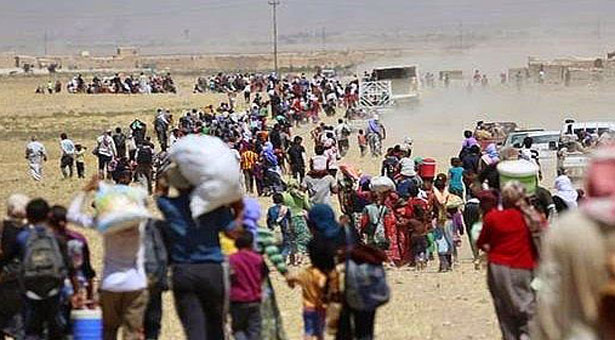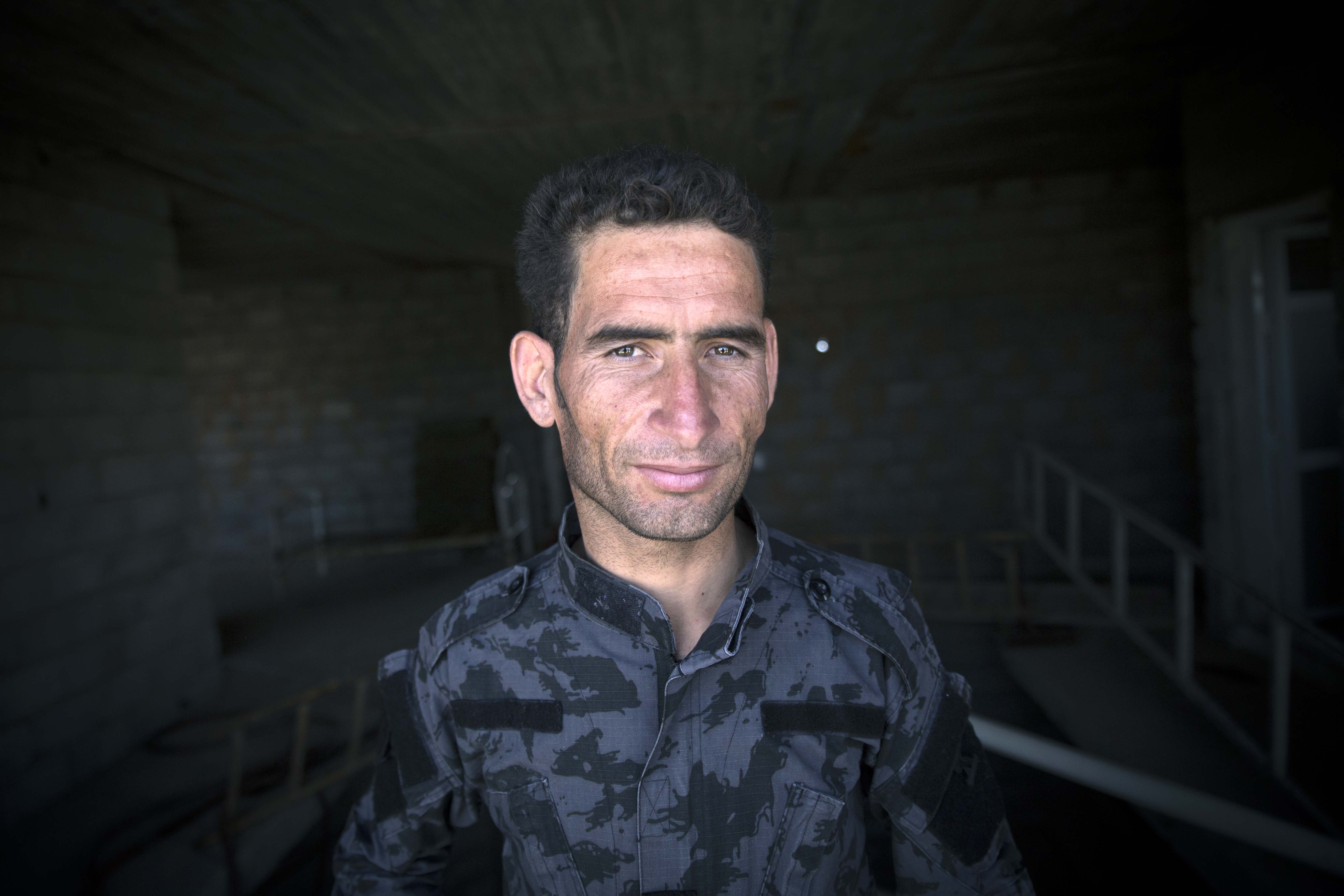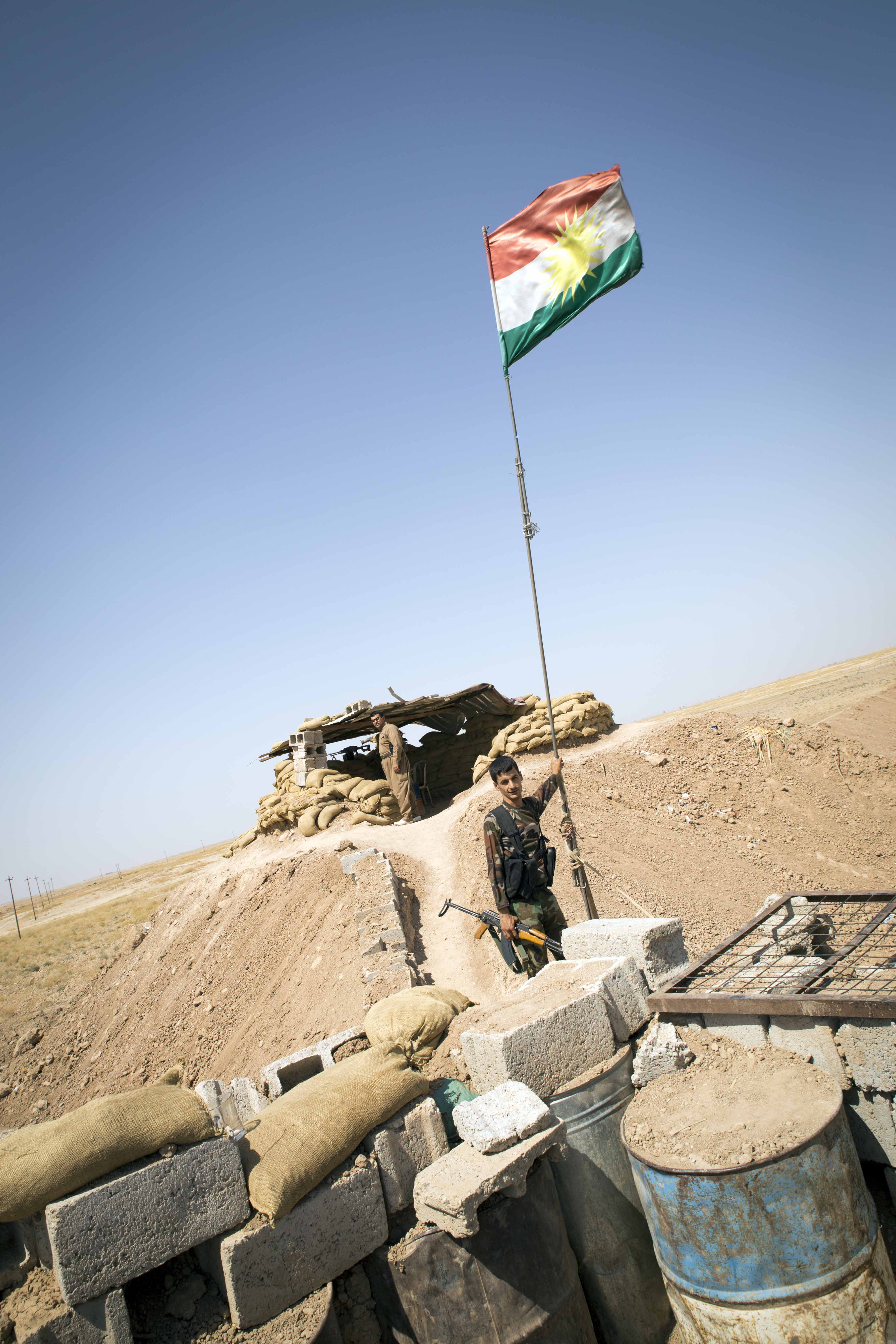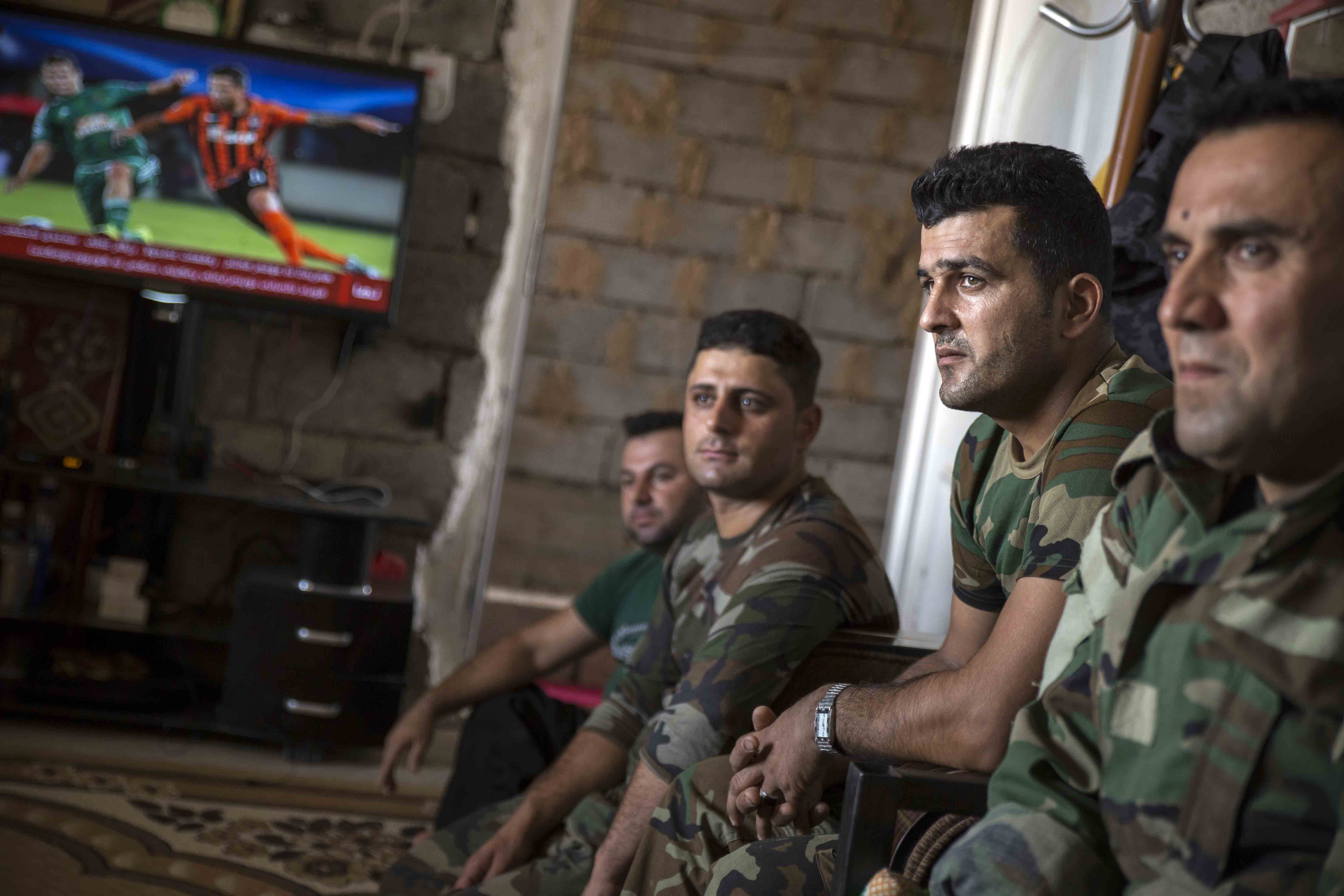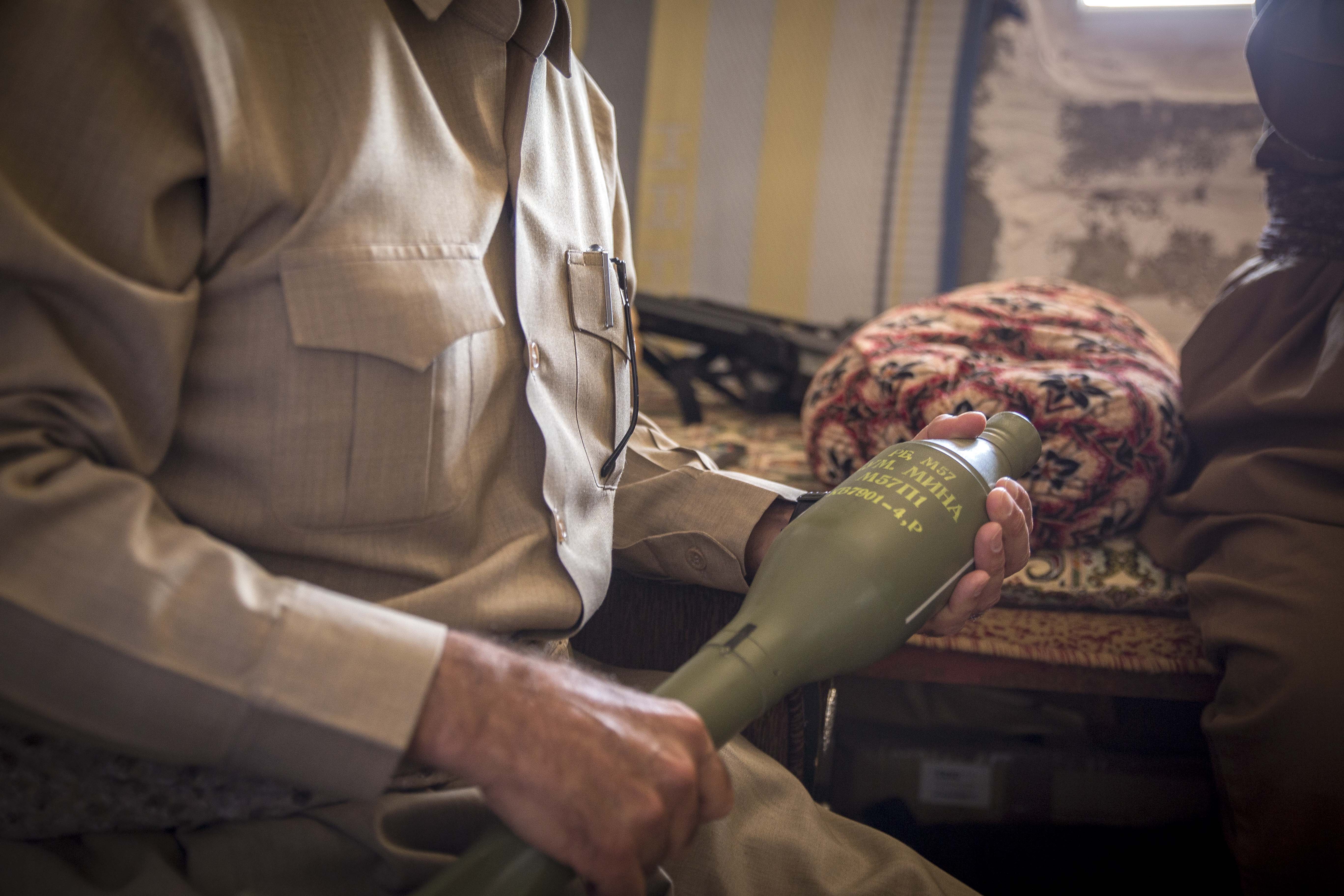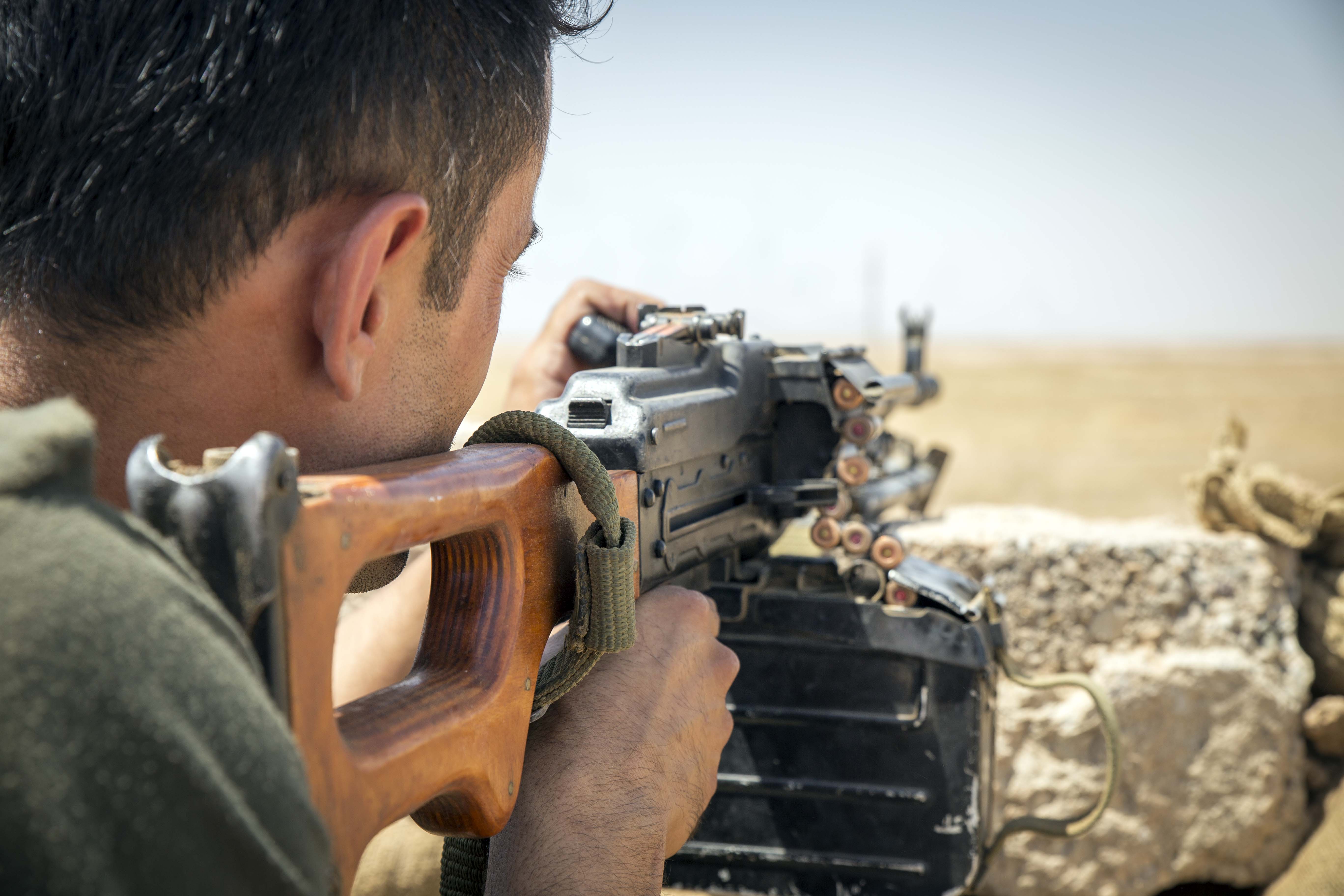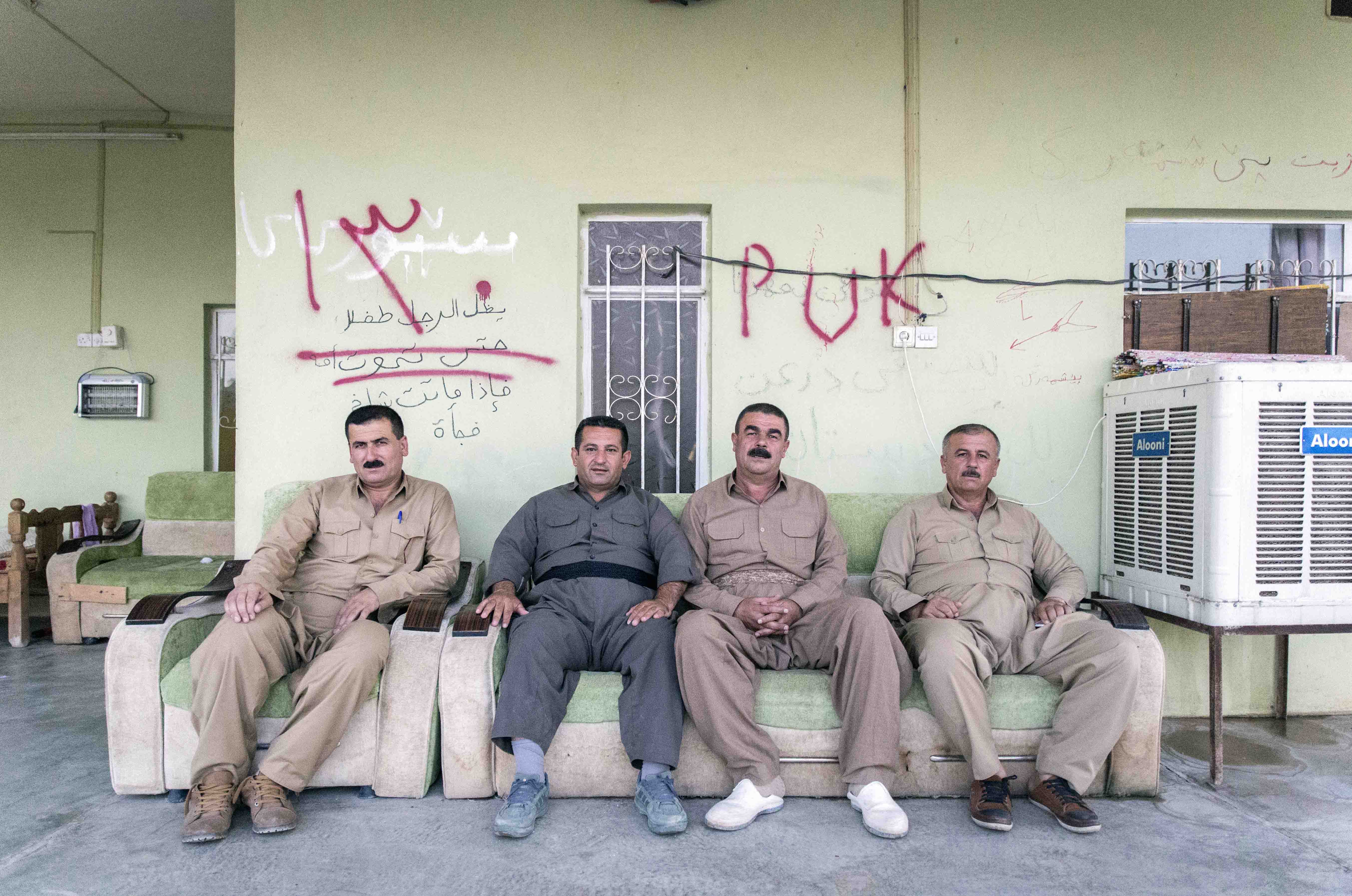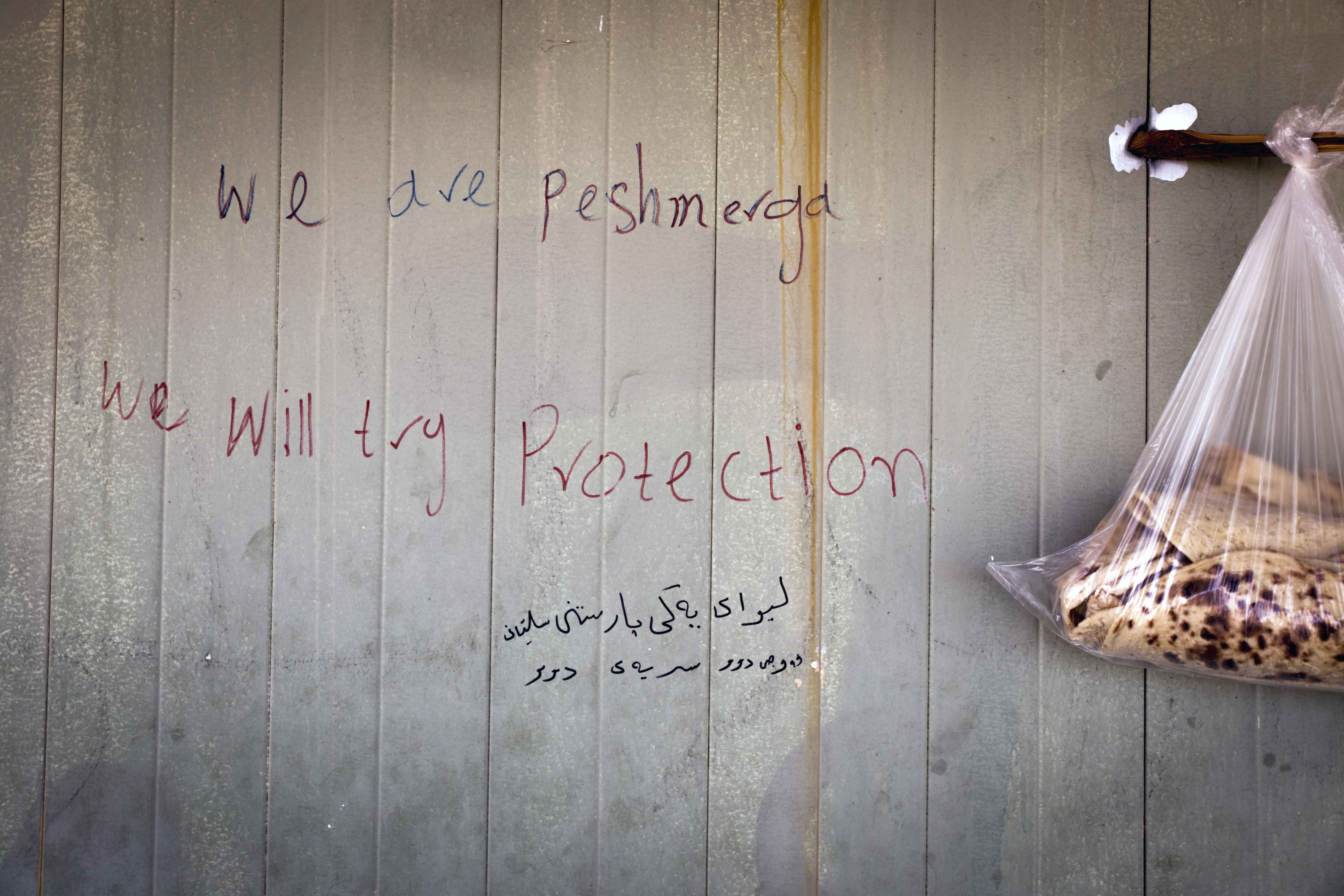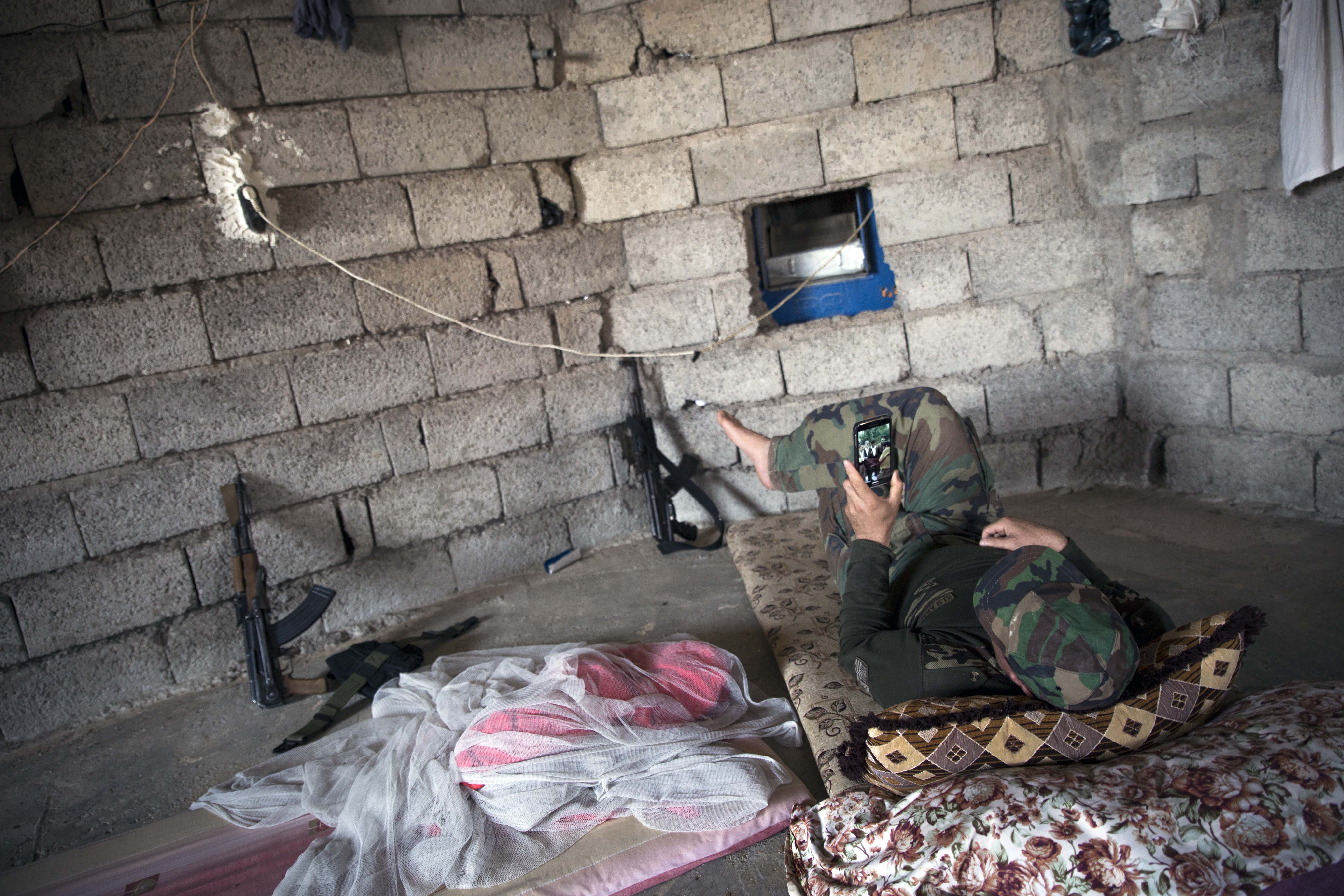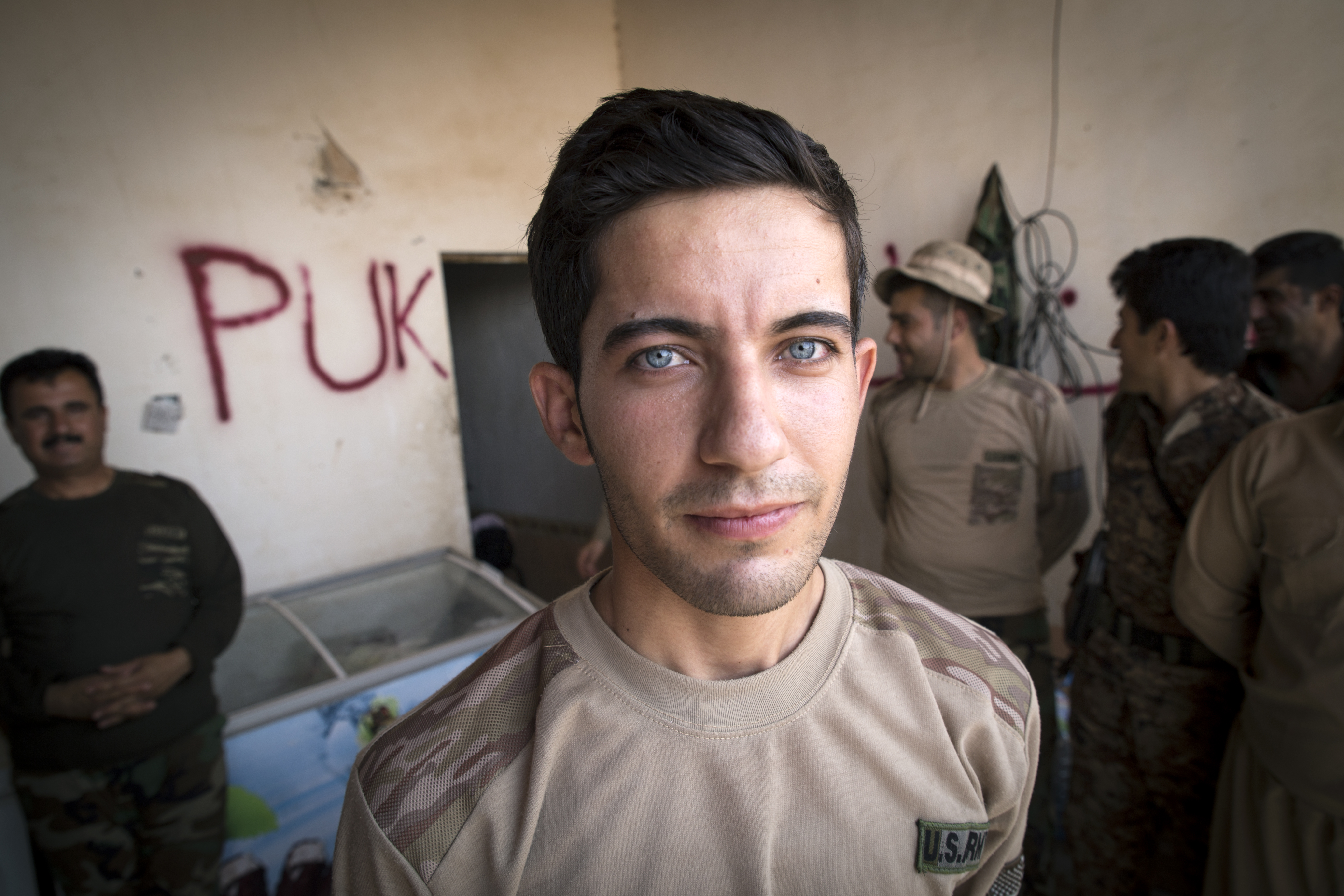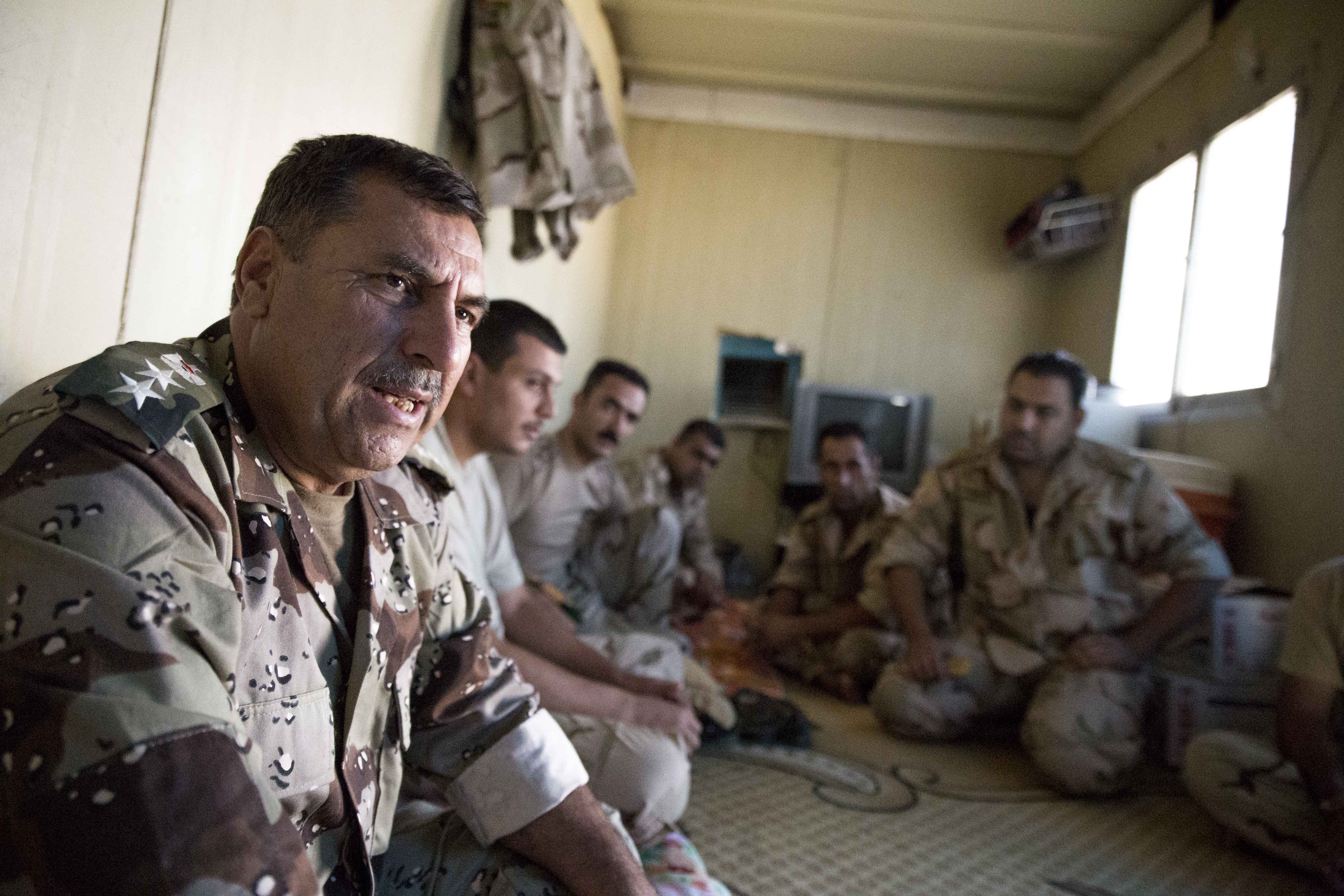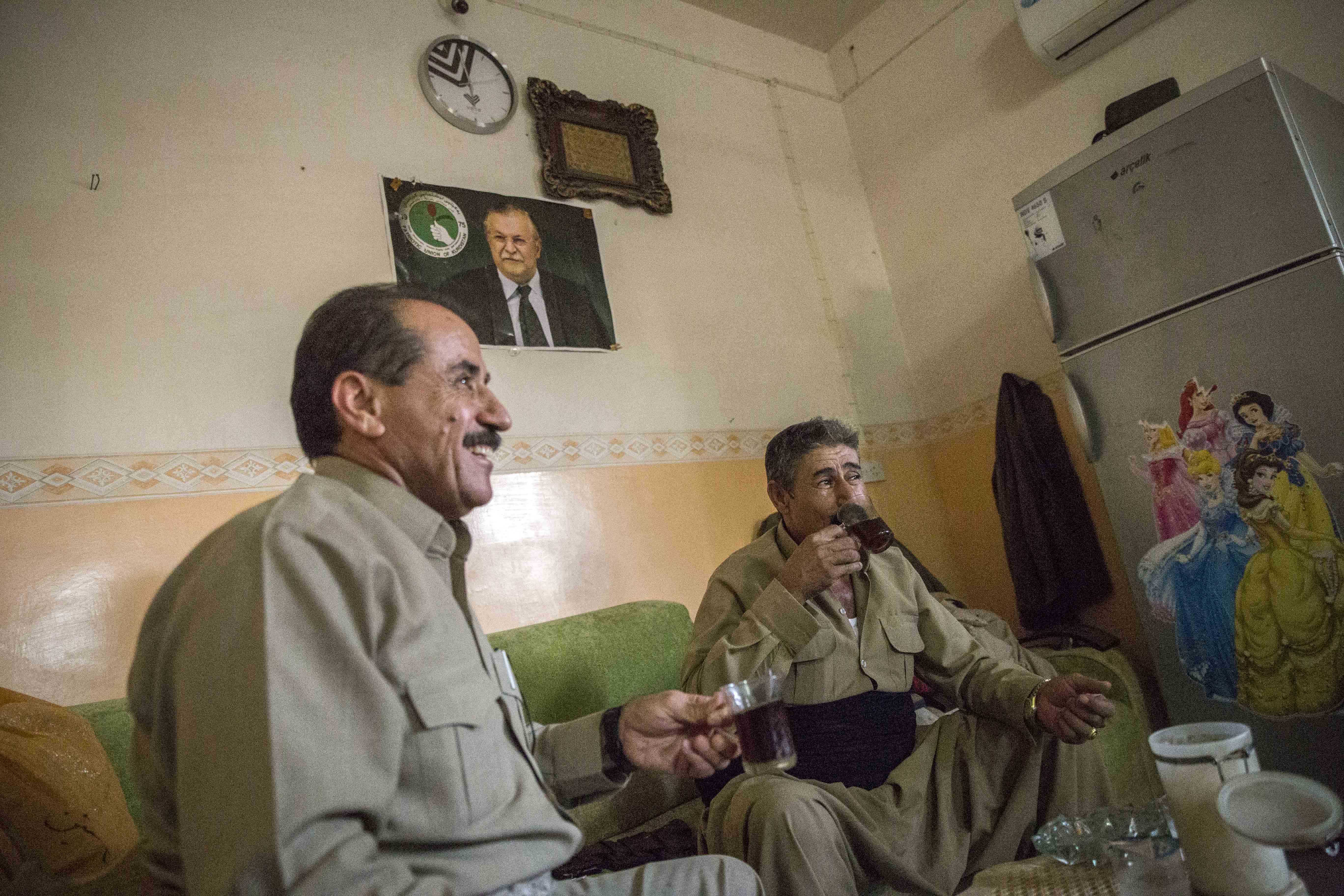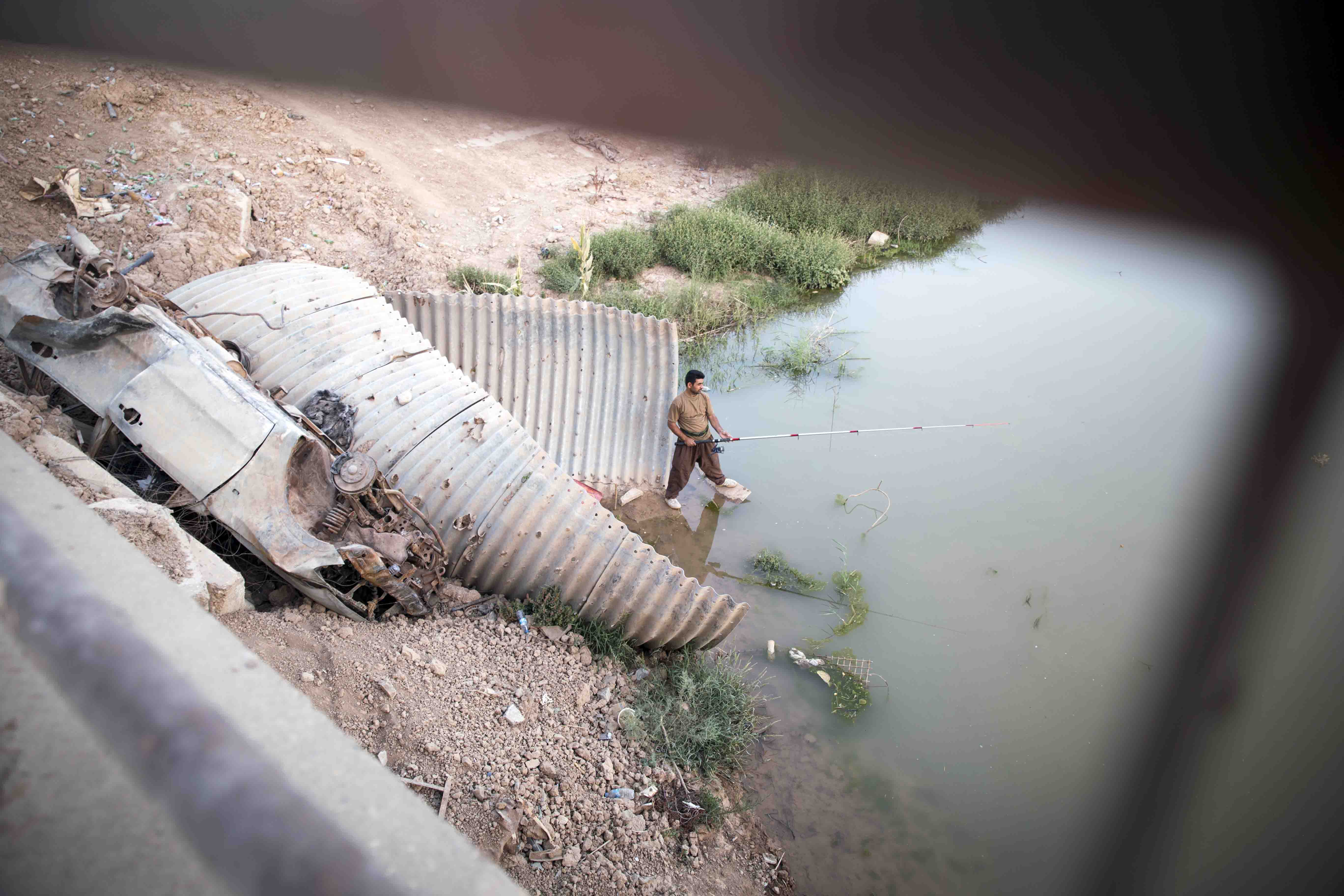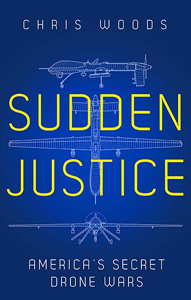By: Annabelle Vuille

Professor Dr. Albert A. Stahel is the founder and head of the Swiss think tank Institut für Strategische Studien [Institute for Strategic Studies]. He has taught strategic studies at the Military Academy of the ETH Zürich and holds the title of honorary professor in the same field at the University of Zürich. His research findings have been featured in over 400 publications of Swiss and international scientific journals, as well as in specialised literature and book chapters.
Annabelle Vuille: What would you say is the primary factor making ISIS such a severe threat?
Prof. Dr. Albert Stahel: I would say that it is no single, but rather a triad of factors. Firstly, there is the Caliphate that has a profound impact on the Islamic world. Secondly, ISIS has been able to seize control of significant swaths of territory in Iraq and Syria. Finally, its reach goes far beyond the borders of the Middle East and has spread to various regions across the globe. It is this combination that makes ISIS such a real threat.
In a recent lecture at the University of Zurich, you mentioned that ISIS is a symbiosis between Saddam Hussein’s Ba’ath Party and Al-Qaeda in Iraq. How should we imagine the evolution of this connection?
The starting point was 2010. Following the death of its leaders, Al Qaeda in Iraq (AQI) was left without a functioning command structure. On the other side were the former officers of Saddam Hussein’s Ba’ath regime. Lacking a formal base they were looking for an organization that would not only grant them influence in Iraq but also enable them to wage real war. This opportunity presented itself in the prison cells of Abu Ghraib, where they learned a lot about AQI and could subsequently assume control. Leadership of this new Islamic State was to be given to Abu Bakr al-Baghdadi – a possible member of the Prophet’s tribe and someone with a good reputation as being highly knowledgeable of Islam. On a side note, Abu Bakr al-Baghdadi is not his real name but merely an alias.
Ba’athism is a secular ideology and yet, ISIS is officially led by Abu Bakr al-Baghdadi who was appointed Caliph Ibrahim. One of your hypotheses is that ISIS exploits religion for the purpose of expanding its powerbase – Realpolitik + Religion. Could you explain how ISIS instrumentalises religion?
The foundation of Al Qaeda in Iraq was Islam in the form of Salafism and Wahhabism. This element remained even when the organization evolved into the Islamic State. Today, ISIS exploits religion to influence the people in their surrounding environment, and to attract believers not only in Iraq and Syria, but also in Europe. Whether or not such a strategy will prove successful will depend on the ability of ISIS to stabilise itself in the form of an internationally recognised state.
How does the aspect of religion influence ISIS’ conduct of war?
War is something that is not related to religion. Waging war is embedded in the tradition of humanity and has its roots in Greek philosophical thought. ISIS uses a combination of terrorism, guerrilla warfare, and conventional manoeuvre warfare. When confronted with a real army ISIS employs conventional warfare, but it can also turn to guerrilla warfare to target the logistics of its enemies. Additionally, terrorism is the means most used within cities against the Shia regime in Iraq, or against the people in Europe.
You touched on these three dimensions of warfare, which is a point also made by Jessica Lewis from the Institute for the Study of War (ISW). She argues that ISIS employs a form of hybridized warfare, which, as you mentioned, is comprised of terrorism, guerrilla warfare, and conventional manoeuvre warfare. Where do you see its greatest advantage?
The combination of these three dimensions is not a novel strategy but one that has frequently been used in history, for example in the Second World War. Success in war does not solely hinge on having a powerful conventional army. One also needs the ability to disrupt the logistics of the opposing force and, potentially, terrorise the enemy’s population and its regime. The recognition of this fact and the effective use of these three modes of war are that make ISIS such an agile opponent.
Let us delve a bit deeper into the aspect of guerrilla warfare. In April 2015, you published an article highlighting that Saddam Hussein had been inspired by the concept of guerrilla warfare coined by the Brazilian Carlos Marighella. How did it impact Saddam Hussein’s strategy in the 2003 Iraq War and has it transcended to the Islamic State?
In an interview given just before the U.S. invasion of Iraq, Saddam Hussein mentioned that he was fascinated by the writings of Carlos Marighella. One of Marighella’s main ideas is for the creation of small, militia-like forces that are capable of operating behind enemy lines. This is exactly what Saddam Hussein intended when he created the Fedayeen – the only forces that actively resisted the intervention of the Americans and their Coalition of the Willing. What is interesting is that the Fedayeen not only survived the occupation, but have now also become an integral part of the new armies under the Islamic State.
How would you assess the influence of Marighella in guiding the operations and tactics of ISIS? Is this what gives ISIS its operational strength?
According to Marighella, there are three phases of guerrilla warfare strategy: phase one is releasing urban guerrilla forces in large cities; phase two is releasing guerrilla forces in the hinterland; and phase three is fighting the opposing army with your own conventional forces. These three phases are, however, not mutually exclusive and can be applied simultaneously and in various combinations. In Syria, for example, ISIS is currently engaged in phases one and two, whereas in Iraq one can witness all three phases. It is not necessarily this phase-centric strategy that gives ISIS its operational strength, but rather the fact that its leaders are highly intelligent military minds. They know how to wage war, how to organize their forces, how to establish and run a government, how to finance their war efforts, and how to control their subjects. Most importantly, however, the leaders of ISIS are capable in clearly assessing the situation in each theatre of war and tailoring their strategies accordingly.
ISIS has expanded its bases from Iraq, Afghanistan and Syria to Yemen and, most recently Libya. With each sphere hosting unique terrain and opposing forces how do you judge ISIS’ strategies in these differing domains?
Firstly, the main bases of ISIS remain in Iraq and Syria. However, with its most important enemy the United States focusing on combatting the situation in these two domains, ISIS has recognised an opportunity to divert attention to its satellites in Afghanistan, Libya and Yemen. Therefore, this expansion is intended to ensure that the Americans are engaged on multiple fronts. Concerning its strategies, ISIS differentiated between its main and secondary theatres of war. Thus, Afghanistan and Libya terrorism is the most frequent means of combat, whereas in Iraq ISIS employs conventional manoeuvre warfare.
In your experience, how can such an agile opponent be weakened or even defeated? How would the US-led coalition have to adapt its approach and strategy?
Currently, ISIS controls approximately one third of Iraq and half of Syria. The only way that the US-led coalition could defeat or even weaken ISIS is therefore to seize and subsequently reoccupy these territories. This can, however, only be achieved through a huge conventional army and the problem is that the United States remains reluctant to put boots on the ground. In all of the decisions submitted to Congress, Barack Obama excludes the possibility of engaging ground troops and instead, looks towards mercenaries like the Kurds to get the job done. However, they are not the real army that is needed; ISIS can only be defeated with a conventional army – any other approach will prove ineffective.
Saudi Arabia recently announced that it is willing to send ground troops to Syria in the fight against ISIS. How effective do you think such a strategy would be in securing an operational advantage?
I think it would certainly be a good idea. However, it is important to note that by sending troops to Syria, Saudi Arabia is ultimately engaging in a realm that is not particularly friendly toward its regime. Thus, the effectiveness of such a strategy will depend on the support extended by the Americans, both politically and militarily. Whether or not Barack Obama will give his blessing is very difficult to assess. By backing Saudi Arabia, the United States would prove itself willing to take the risk of a direct confrontation not only with the regime of Bashar al-Assad, but also with Russia.
In one of your recent lectures you mentioned that ISIS might be a factor that the international community will have to accept and live with for another decade. Why is this so and what impact will it have on the Middle East?
That is correct. Essentially, one must recognise that ISIS has a government, a territory, and citizens. Thus, according to international law and the three-element-doctrine of George Jellinek, ISIS constitutes a state. If the international community and the United Nations accept this fact, it would not only nullify the famous Sykes-Picot Agreement but also ultimately lead to the disintegration of two artificial states: Iraq and Syria.
Is there any other relevant aspect or issue pertaining to ISIS and its conduct of war that we haven’t discussed today, and that you would like to mention?
I would say that we are currently at a crossroads. Either the situation will further deteriorate and ISIS will continue to exist or, if the coalition makes a definite decision to commit ground troops, then we could see ISIS defeated. The man who will ultimately decide on the future fate of ISIS sits in Washington DC.
Professor Dr. Albert Stahel was interviewed by Annabelle Vuille, a series editor at Strife and MA candidate in the Department of War Studies, in Zurich in February 2015. This is an edited version of the transcript.
